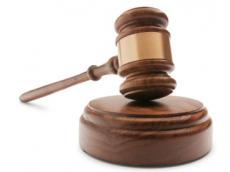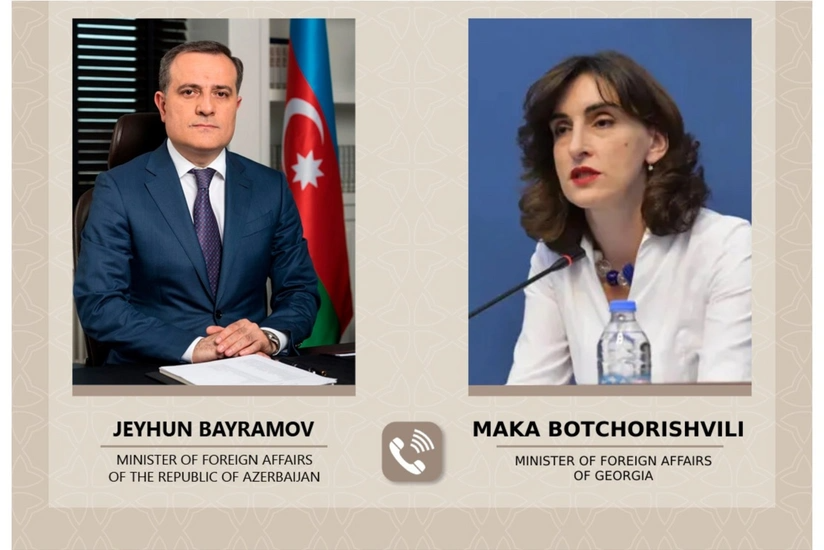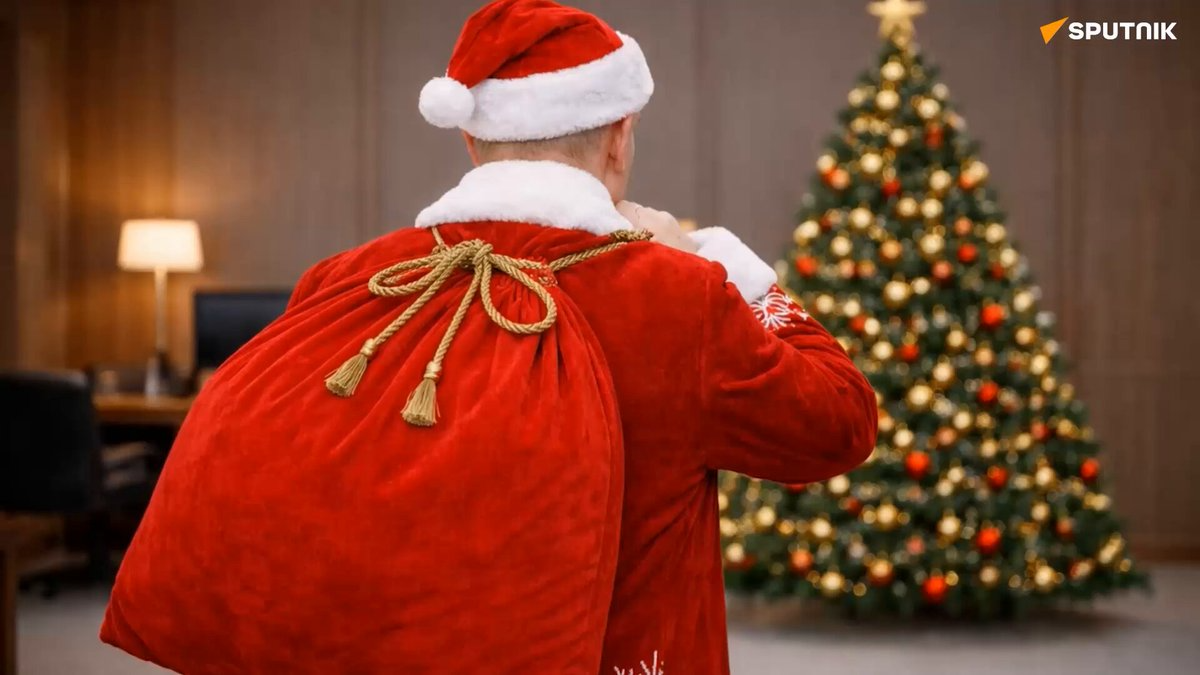|
|
TODAY.AZ / Weird / Interesting
$3.17 million for 'lost' coins
27 April 2013 [13:20] - TODAY.AZ
 One of the rarest American coins has been sold at auction for $3.17 million after being thought of as a fake and stashed away in a closet in Virginia for decades.
One of the rarest American coins has been sold at auction for $3.17 million after being thought of as a fake and stashed away in a closet in Virginia for decades.The 1913 Liberty Head Nickel, known as the "lost" nickel, was put up for auction by four siblings who inherited the heirloom, which was mistakenly identified as a fake in 1962.
The nickel was auctioned off on Thursday in the Chicago area by Dallas-based Heritage Auctions. It was sold to Jeff Garrett of Lexington, Ky., and Larry Lee of Panama City, Fla., auction house officials said.
"This particular example of one of the world's most famous rare coins is perhaps the most special of them all given its amazing story," Todd Imhof, executive vice president of Heritage Auctions, said in a statement.
This nickel was one of only five known, genuine Liberty Head nickels minted in 1913.
Two of them are in museums and two others have been bought and sold by collectors over the years. This nickel has not sold since it was bought for a reported $3,750 by North Carolina coin collector George Walton in the 1940s.
Walton was on his way to a coin show with part of his collection on March 9, 1962, when his car was stuck by drunken driver and he was killed, Heritage officials said.
The nickel was recovered from car. After it was examined for authenticity and determined to be an altered fake, it was returned to Walton's sister, Melva Givens.
She kept the nickel in a box in a closet of her Salem, Va., home while continuing to search for the authentic nickel that she insisted that her brother had owned.
After her death in 1992, two of her four children grew more curious about authenticity of the nickel their mother had disregarded.
"We looked it over and over again and never could figure out what was wrong with it," said Ryan Givens, the oldest of the four siblings.
When a reward was offered for the "lost" nickel at the 2003 American Numismatic Association's World's Fair of Money in Baltimore, the siblings took their nickel to be examined. The other four Liberty nickels were on display at the event, and rare coin experts determined the Walton nickel was authentic.
"We were all stunned that the mystery had been solved and the lost nickel was found," said Donn Pearlman, a former governor of the American Numismatic Association. "A lot had changed in forensics since 1962, making it easier to determine this nickel was authentic."
Givens, 66, and now a coin collector, said it was never determined why only five 1913 Liberty nickels were produced.
"They stopped printing the Liberty nickel in 1912," he said. "These five may have been minted clandestinely or to test the die cast. That's just speculation because no one knows."
Since 2003, the nickel has been on display at the American Numismatic Association Money Museum in Colorado Springs and shown at coin shows across the country, Pearlman said.
URL: http://www.today.az/news/interesting/121931.html
 Print version
Print version
Views: 1848
Connect with us. Get latest news and updates.
See Also
- 19 February 2025 [22:20]
Visa and Mastercard can return to Russia, but with restrictions - 05 February 2025 [19:41]
Japan plans to negotiate with Trump to increase LNG imports from United States - 23 January 2025 [23:20]
Dubai once again named cleanest city in the world - 06 December 2024 [22:20]
Are scented candles harmful to health? - 23 November 2024 [14:11]
Magnitude 4.5 earthquake hits Azerbaijan's Lachin - 20 November 2024 [23:30]
Launch vehicle with prototype of Starship made its sixth test flight - 27 October 2024 [09:00]
Fuel prices expected to rise in Sweden - 24 October 2024 [19:14]
Turkiye strikes terror targets in Iraq and Syria - 23 October 2024 [23:46]
Kazakhstan supplied almost entire volume of oil planned for 2024 to Germany in 9 months - 23 October 2024 [22:17]
Taiwan reported passage of Chinese Navy aircraft carrier near island
Most Popular
 The inconvenient truth: who actually owns the road through Meghri
The inconvenient truth: who actually owns the road through Meghri
 Jubilee event marking 75th anniversary of Professor Ibadulla Aghayev held in Baku
Jubilee event marking 75th anniversary of Professor Ibadulla Aghayev held in Baku
 Capacity building in assistive technology supports inclusive health [INTERVIEW]
Capacity building in assistive technology supports inclusive health [INTERVIEW]
 Test of time: Karabakh showed who came to create
Test of time: Karabakh showed who came to create
 Bayramov and Georgian FM discuss oil exports to Armenia via Georgia
Bayramov and Georgian FM discuss oil exports to Armenia via Georgia
 SOCAR reps participate in strategic knowledge exchange program with Germany’s Uniper
SOCAR reps participate in strategic knowledge exchange program with Germany’s Uniper
 Russian Sputnik releases new year video depicting Putin gifting world leaders
Russian Sputnik releases new year video depicting Putin gifting world leaders
